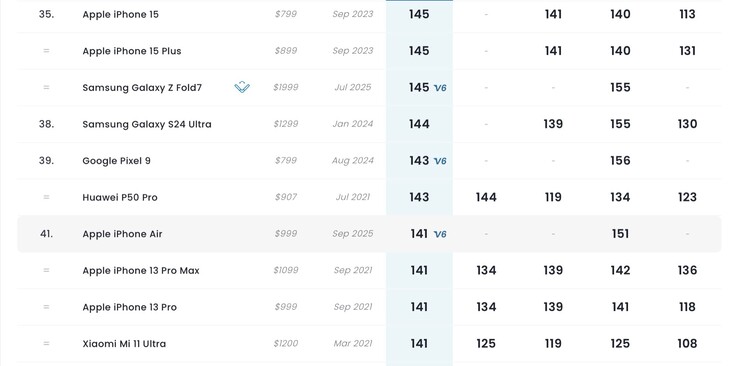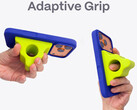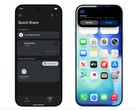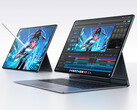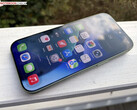The Apple iPhone Air has only one rear camera, which combines a 48 MP sensor in 1/1.56-inch format with a fast f/1.6 lens. Despite its high price, Apple completely omits an ultra-wide-angle or telephoto camera in order to create the 5.6-millimeter-thin housing.
The Motorola Edge 70 shows that it doesn't have to be this way, packing three rear cameras into a 5.99-millimeter case. In DxOMark's detailed camera analysis, the lack of dedicated cameras unsurprisingly results in a drastic point deduction, as digital zoom and panorama modes cannot replace a dedicated ultra-wide-angle and telephoto camera. Scoring 141 points, the iPhone Air only ranks 41st on the best list, behind the Google Pixel 8, the iPhone 15 and the Xiaomi 15.
The iPhone Air also has other weaknesses beyond its lack of cameras—the autofocus is sometimes too slow, high-contrast scenes are recorded too darkly, details are lost in portrait mode, and problems with white balance and exposure are visible when recording videos. The iPhone Air does score points, however, with its very effective video stabilization.
In most situations, the main camera also scores points with accurate exposure and color reproduction, a wide dynamic range and an effective night mode. Although portrait mode accurately recognizes the background in many cases, errors can occur in particularly difficult scenes, resulting in parts of the subject being blurred.





